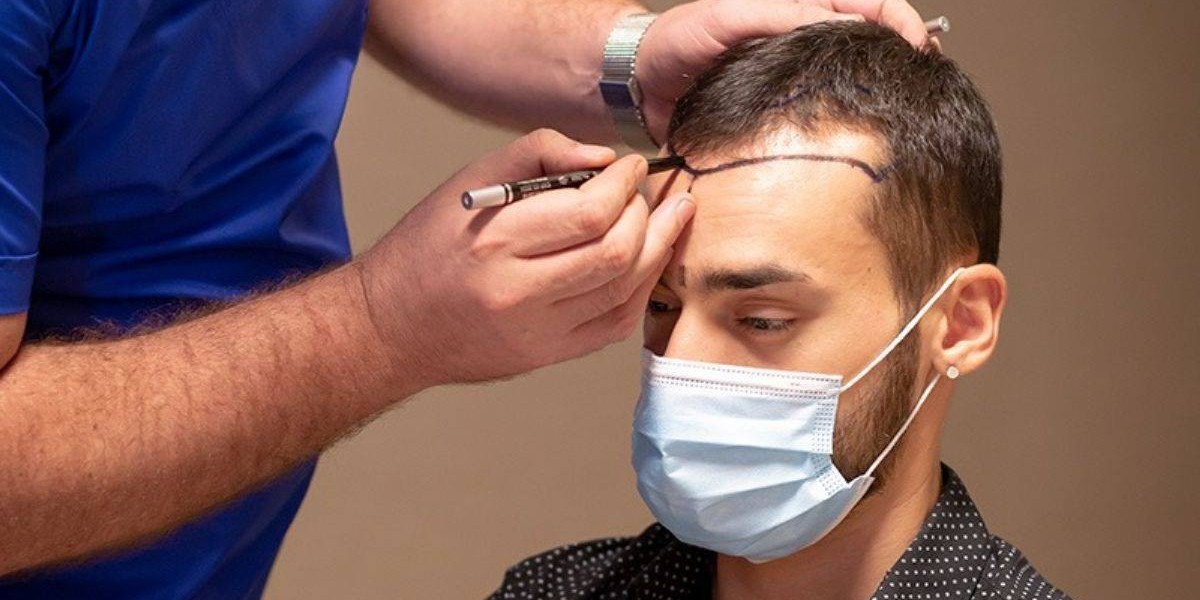Hair transplantation is no longer just a cosmetic trend—it is a medically advanced procedure rooted in biology, dermatology, and surgical precision. Whether you’re struggling with pattern baldness, thinning hair, or a receding hairline, a Hair Transplant in Islamabad offers a scientific and effective solution to restore natural hair growth. But how exactly does this treatment work, and what are the scientific principles behind its success?
This blog takes a deep dive into the science behind hair transplantation, exploring how modern techniques restore hair permanently, why transplanted hair doesn’t fall out, and what makes Islamabad a hub for cutting-edge hair restoration procedures.
Understanding the Hair Growth Cycle
To grasp the science of hair transplantation, it’s essential to first understand how hair grows. Hair follows a natural cycle that includes three phases:
Anagen Phase (Growth Phase): Hair actively grows from the follicle and can last 2–7 years.
Catagen Phase (Transition Phase): The hair stops growing and detaches from the blood supply.
Telogen Phase (Resting Phase): The follicle remains inactive before shedding and regenerating a new hair strand.
Hair loss occurs when follicles shrink over time and fail to produce new hair, a condition commonly seen in androgenetic alopecia (male or female pattern baldness).
The Principle of Donor Dominance
The success of a hair transplant lies in the principle of donor dominance. This concept was first introduced by Dr. Norman Orentreich in the 1950s. It explains that hair taken from the back and sides of the scalp (areas typically resistant to balding) retains its resistance even after being transplanted to balding areas.
This is why surgeons harvest hair from the donor zone—these follicles are genetically programmed to grow for life. Once moved to the thinning or bald area, they continue to produce healthy hair indefinitely.
The Two Primary Techniques: FUE and FUT
Modern hair transplantation mainly involves two techniques, both scientifically backed and globally practiced:
1. Follicular Unit Extraction (FUE)
Process: Individual follicular units (1–4 hairs) are extracted directly from the scalp using a micro-punch.
Benefits: Less invasive, minimal scarring, faster healing.
Ideal for: Those who prefer short hairstyles and quick recovery.
2. Follicular Unit Transplantation (FUT)
Process: A strip of scalp is removed, and individual follicles are separated under a microscope.
Benefits: Allows more grafts in one session, potentially better for extensive hair loss.
Ideal for: Patients with advanced balding and those needing large coverage.
Both techniques rely on precision, depth control, angle consideration, and expert placement to replicate natural hair growth patterns.
Graft Survival and Angiogenesis
A crucial part of transplant success is the survival of grafts—the follicular units moved from one part of the scalp to another. Several biological processes influence graft survival:
Oxygenation: After transplantation, grafts depend on diffusion of oxygen and nutrients until new blood vessels form.
Angiogenesis: This is the body’s process of forming new blood vessels to nourish the transplanted follicles.
Ischemia-Reperfusion Injury: Scientists also manage the short-term stress cells undergo during extraction and re-implantation to avoid damage.
Advanced techniques and storage solutions—like hypothermosol or ATP-based mediums—are used to enhance graft survival before implantation.
The Role of Technology in Hair Transplantation
Hair transplant procedures in Islamabad are now supported by cutting-edge technology, enhancing both accuracy and patient safety:
Microscopic Dissection: Ensures precise separation of grafts for high survival.
Motorized Punch Tools: Increase the speed and accuracy of FUE procedures.
Digital Imaging and Mapping: Helps plan natural hairline design and density.
Robotic Assistance: In some clinics, robotic systems are used to assist surgeons in FUE procedures.
These advancements reduce human error, increase efficiency, and offer better aesthetic results.
Growth Timeline After a Hair Transplant
Understanding the post-transplant timeline is also rooted in science. Here's what typically happens:
First 1–2 Weeks: Scabs form and fall off. Initial healing begins.
1–3 Months: Transplanted hairs enter the shedding (telogen) phase. This is normal.
3–6 Months: New hair begins to emerge from transplanted follicles.
6–12 Months: Significant hair growth is visible.
12–18 Months: Final results are achieved, including thickness and full length.
This regrowth follows the normal anagen phase initiation from newly implanted follicles.
Factors Affecting Hair Transplant Success
Even with advanced techniques, several scientific and individual factors influence the success rate:
Donor Hair Quality: Thicker and denser donor hair produces better results.
Surgeon’s Skill: Placement angle, depth, and spacing are critical.
Patient Health: Underlying conditions like diabetes, smoking, and poor diet can affect healing.
Aftercare: Proper post-op care supports graft survival and growth.
The best clinics in Islamabad follow evidence-based practices to optimize these variables.
Why Choose Islamabad for Hair Transplantation?
Islamabad offers a unique blend of advanced medical facilities, experienced surgeons, and competitive pricing. Here’s what makes the city stand out scientifically and medically:
Board-Certified Surgeons: Many have training from international institutions.
Modern Clinics: Equipped with state-of-the-art tools for diagnosis and surgery.
Sterile Environments: Proper protocols are followed for patient



